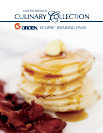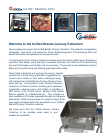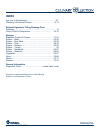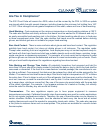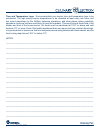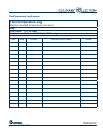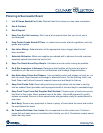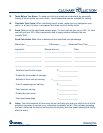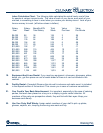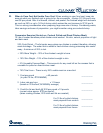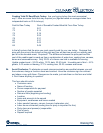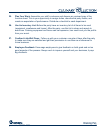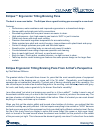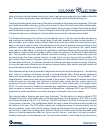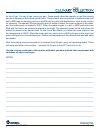
groen.com, 888-994-7636
Kettle
groen.com, 888-994-7636
Braising Pan
groen.com, 888-994-7636
groen.com, 888-994-7636
Steamer
groen.com, 888-994-7636
Convection Combo Steamer Oven
5
Are You In Compliance?
The 2001 Food Code will remain thru 2005, when it will be revised by the FDA. In 2003 an update
was issued which brought several changes, including lowering the minimum hot holding from 140°
to 135°F. Other changes include greater emphasis on the when, where and how of hand-washing.
Hand-Washing: Code revisions set the minimum temperature on hand-washing stations at 100°F.
The code also claries and strictly enforces that hands must be washed for 20 seconds and only in
an easily accessible hand-washing sink in the kitchen. No hand-washing should occur in food prep
or three compartment sinks. Also, the code claries that hands must be washed before donning
gloves, and alcohol gels are not suitable for proper hand-washing.
Bare Hand Contact: There is some confusion about gloves and bare hand contact. The regulation
prohibits bare hand contact, but does not dictate gloves in all instances. The regulation reads:
“Except when washing fruits and vegetables, food employees may not contact exposed ready-to-
eat foods with their bare hands and shall use suitable utensils such as deli tissue, spatulas, tongs,
single use gloves or dispensing equipment.” For example, a fry cook would not be required to wear
gloves as gloves can become contaminated and lead to cross-contamination just as hands. Check
with your local health department for regulations regarding bare hand contact.
Date Marking and Storage Time Limits: All potentially hazardous food prepared and held for
more than 24 hours should be clearly marked to indicate the date or day by which the food shall be
consumed or discarded. If the food is in a manufacturer’s sealed package, the manufacturer’s use-
by date is sufcient. Once opened, that date must be replaced by a label with a date assigned by the
kitchen. The maximum time shall be seven days if the food is kept at a temperature of 41°F or below
the entire time. If food is taken in and out of the refrigerator, that time span must be shortened. You
must not, however, exceed the manufacturer’s use by date. It is the manufacturer’s use-by date or
up to seven days, whichever comes rst. Day one of the seven-day period starts with the prep date
of the oldest ingredient. For example, if you prepare potatoes for a salad on Sunday, but actually
make the salad on Monday, day one would be Sunday.
Thermometers: The new regulations require you to have proper equipment to measure
temperatures accurately. Calibrated bimetallic stem thermometers are good for certain applications
but do not register temperatures instantly. Therefore, the use of thermocouples may be required in
certain situations. Buffets, for example, must be checked at least every two hours and an instant
reading thermocouple would be needed to accurately check each station. The code also requires
a thin probe to measure items such as meat patties. Thin probes are available for use with certain
thermocouples.



